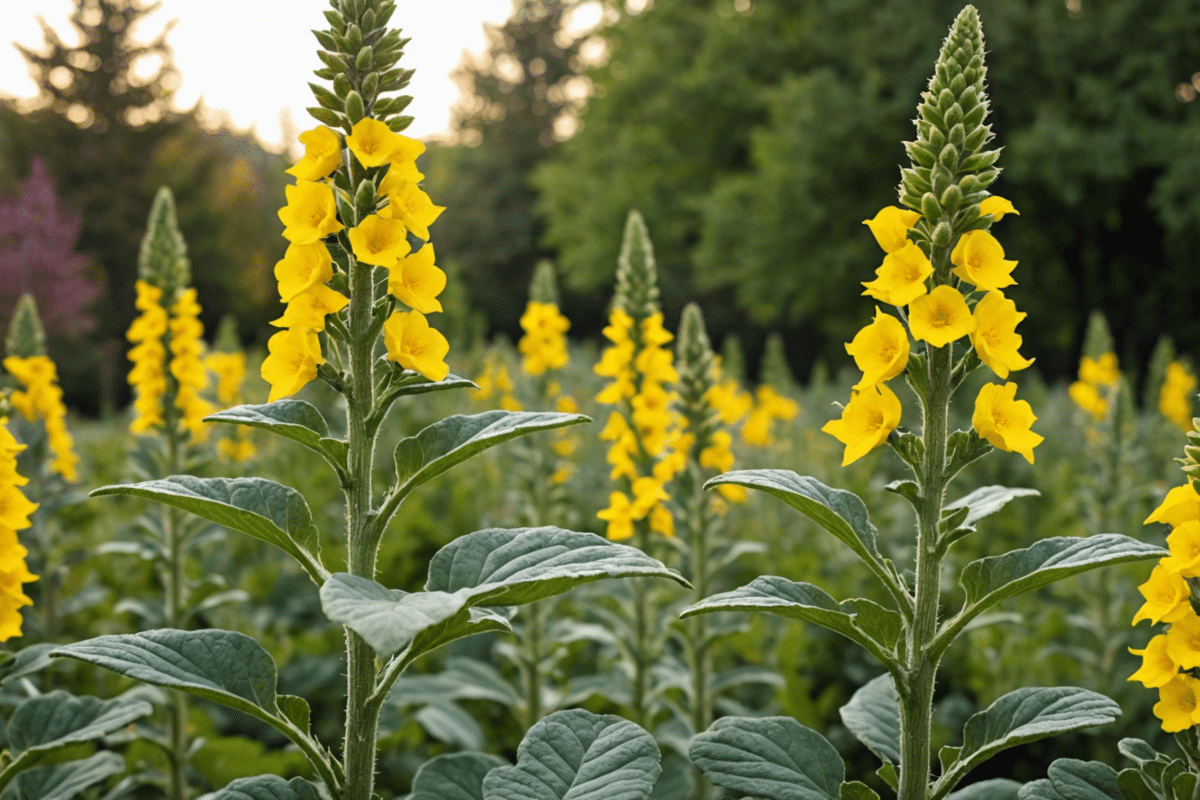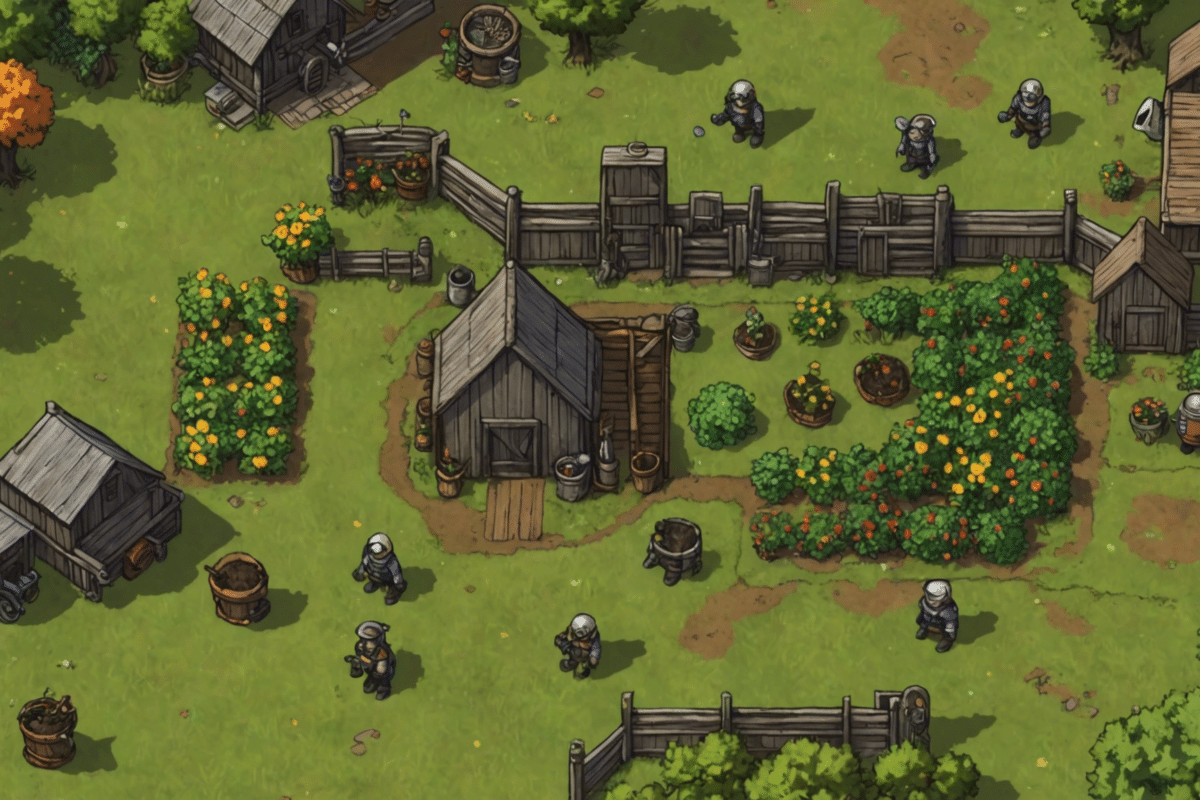Indoor gardening offers a unique opportunity to beautify personal spaces while engaging with nature, even within the confines of a home. This form of gardening is not only therapeutic but also tremendously versatile, allowing for a wide range of creative setups. From simple herb gardens in the kitchen to elaborate terrariums, indoor gardening can easily be adapted to fit any space and style.
Utilizing Vertical Spaces
One effective way to introduce greenery into the home is through the use of vertical gardens. Walls or hanging arrangements are the perfect solution for those with limited floor space. Vertical gardening is an exciting way to grow plants upwards, using wall-mounted planters, hanging pots, or even recycled materials like old frames or pallets to create a green wall. This type of gardening is not only space-efficient but also adds a dynamic visual element to any room.
Creating a Kitchen Herb Garden
For those who love to cook, cultivating a kitchen herb garden is both a functional and a delightful way to integrate gardening indoors. By using small containers or even a windowsill planter, fresh herbs like basil, mint, rosemary, and thyme can be grown year-round. Not only do these herbs provide fresh ingredients for cooking, but they also bring a fragrant aroma into the home.
Innovating with Hydroponics
Hydroponic systems represent the forefront of indoor gardening technology, allowing for soil-less cultivation of plants. These systems circulate nutrient-rich water directly to the roots of plants, which can be housed in various holders like plastic containers, clay pellets, or even air streams. With hydroponics, the control over water and nutrients can lead to faster growth of healthier plants, and since there’s no soil, it minimizes common gardening issues like pests and weeds.
Decorating with Terrariums and Fairy Gardens
Small spaces lend themselves wonderfully to the enchantment of terrariums and fairy gardens. By creating miniature landscapes inside glass containers, gardeners can craft fantastical scenes that include small plants like mosses, ferns, and air plants, along with decorative elements such as pebbles, figurines, and tiny furniture. These miniature gardens offer an avenue for immense creativity and can be a great project for both adults and children.
Choosing the Right Plants
Selecting the right plants is crucial for successful indoor gardening. Some of the best plants for indoor environments include:
- Spider Plant: Known for its air-purifying capabilities and easy maintenance.
- Peace Lily: Appreciated for its ability to thrive in low-light conditions and its graceful white blooms.
- Philodendron: With its heart-shaped leaves, this plant is not only visually pleasant but also adept at adapting to indoor climates.
- Succulents: Require minimal water and are available in a variety of shapes and colors, suitable for creative displays.
- Ferns: Ideal for hanging baskets or as part of a green wall, adding lushness and a touch of wilderness.
By understanding the environmental needs and growth habits of these plants, gardeners can significantly enhance their indoor garden’s success and aesthetics.
Frequently Asked Questions
How often should I water my indoor plants?
The watering needs can vary greatly depending on the type of plant and the climate of the home. Generally, most indoor plants benefit from being allowed to dry out slightly between waterings.
Are there benefits to having plants indoors?
Absolutely! Beyond the aesthetic value, indoor plants can improve air quality, reduce stress, and even boost productivity.
Exploring the realms of indoor gardening opens up a plethora of ways to creatively enhance living spaces while connecting with nature. With a bit of careful planning and the willingness to experiment, indoor gardening can transform any indoor environment into a more vibrant and lifegenerating space.












